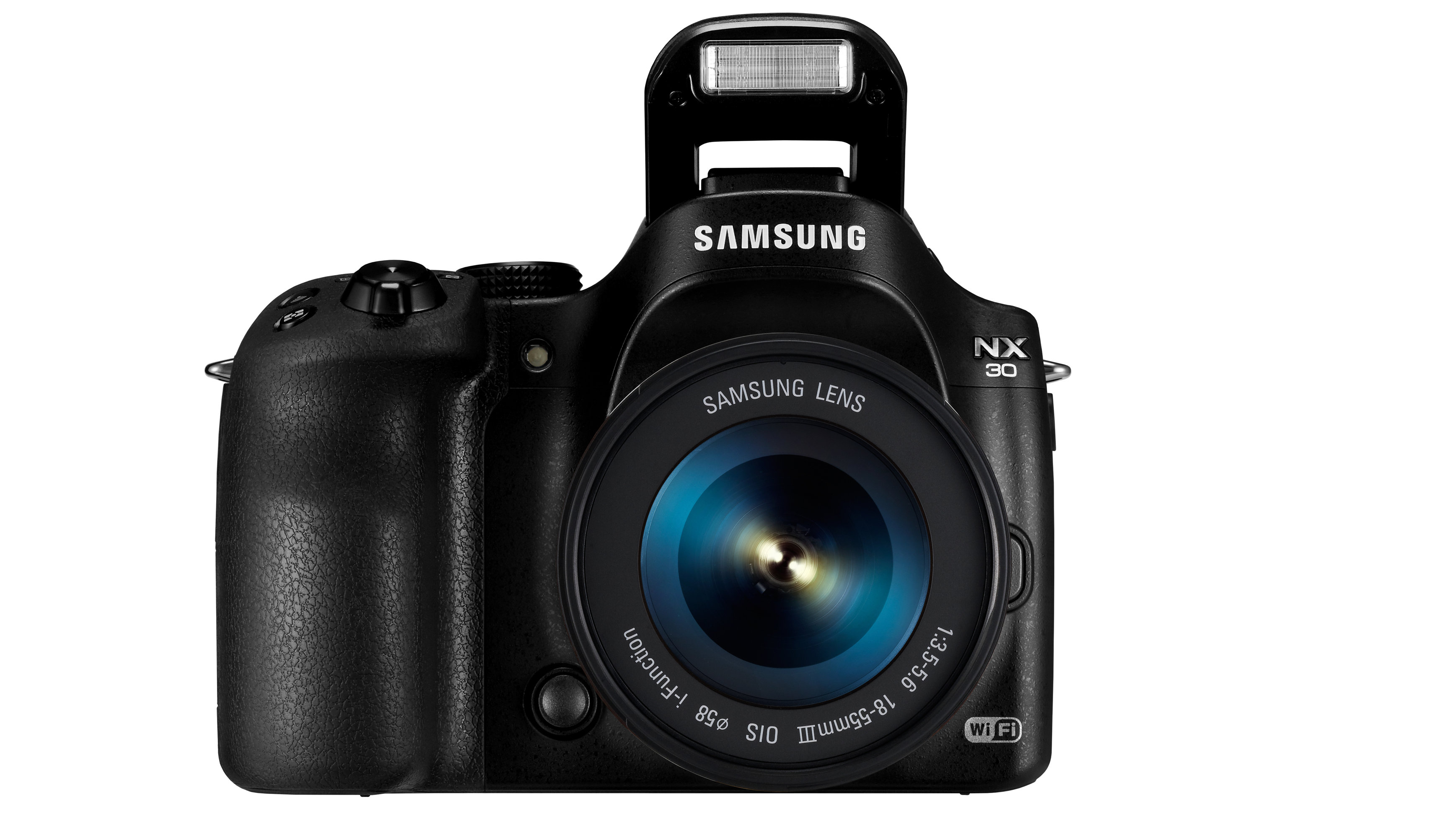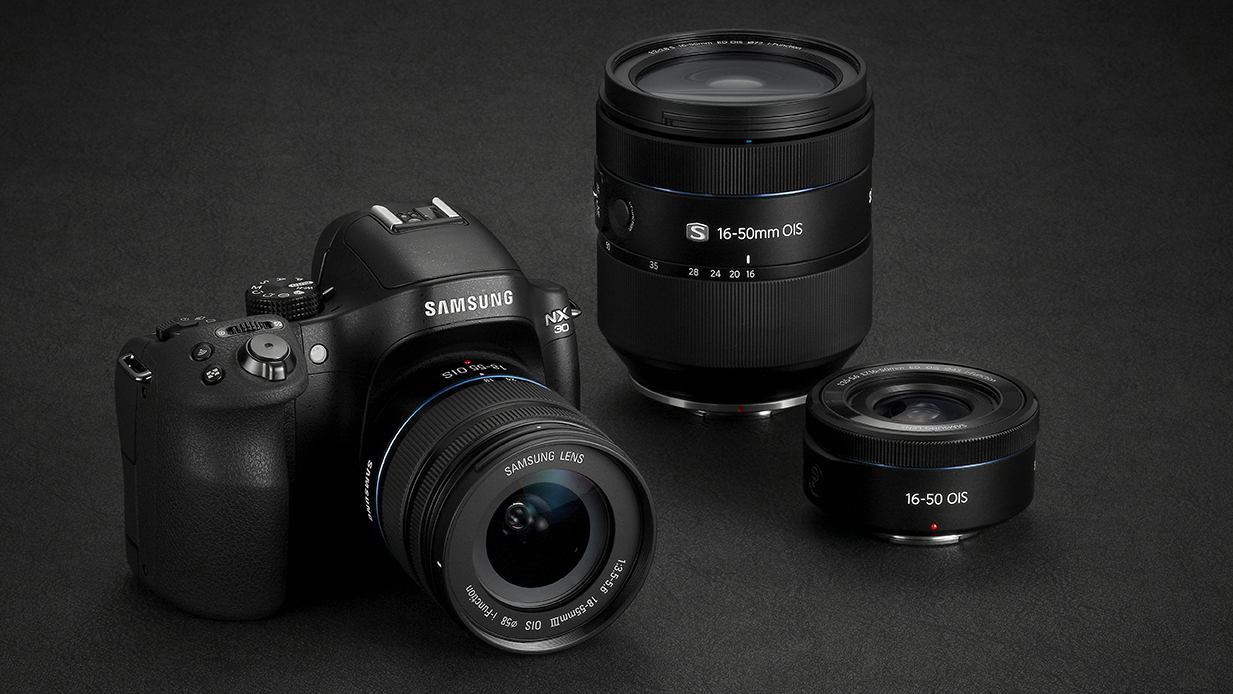Why you can trust TechRadar
This is not the first time we have seen this sensor in a Samsung camera, so we were pretty confident that the NX30 would produce excellent images, similar to those we have seen before. Happily, I was pleased to find that once again, images produced are excellent.
That 20.3 million-pixel sensor is capable of resolving a lot of detail, while colours are bright and punchy without being overly saturated. Skin tones are also recreated well, being accurate and pleasing.
This is a camera which Samsung intends and expects to be used with other lenses aside from the kit lens, and it is when used with some of the excellent options available from Samsung that the camera really comes into its own.
That's not to say that the kit lens is a bad performer. It's a decent all-rounder, and would make a good first lens while you save up for another optic. Samsung has introduced a new 16-50mm f/2.0-f/2.8 which seems like the perfect partner for this camera. I haven't been able to get hold of one of these lenses to date, but when I do I will be keen to see how well it performs.

For now, the 18-55mm zoom range is decent for most every day shooting scenarios, and although it only opens up to f/3.5 at its widest, you can still get some pleasing shallow depth of field effects.
Out of focus areas are rendered beautifully, while beautiful bokeh is evident, especially when using one of Samsung's excellent prime lenses with a wider aperture, such as f/2.8.
All-purpose metering is generally good, but I found that it has a tendency to underexpose on occasion, meaning that I had to dial in some positive compensation to get a correctly exposed image. Automatic white balance is particularly impressive though, coping well under artificial lighting to produce very accurate colours the majority of the time.
Examining images at 100% reveals some degree of image smoothing throughout the sensitivity range. I've found that, at ISO 800 and above, there are some areas of the image in which detail is lost and a painterly effect can be seen, but it's only really noticeable if you're pixel peeping – viewing the image at normal printing or web sizes is more than acceptable.
ISO noise
Shooting at higher sensitivities in lower light conditions, such as ISO 1600 or ISO 3200, reveals that noise is kept to a minimum, which accounts for some of the image smoothing. Generally though, detail is kept very well in most areas of the image, and I would happily use the camera at ISO 3200 if I was printing at A4 or smaller, or sharing images online.
Samsung doesn't make any claims about having the world's fastest autofocus, unlike Sony or Fuji, but, never the less, focusing is very swift. The camera is capable of locking on almost instantly in very good light. When levels begin to drop, focusing speed does too, occasionally hunting around to acquire focus – depending on the lens used. It's only when light levels drop very low that the camera has problems focusing at all though.
There are a number of digital filter and colour options that you can use with the NX30, as with other Samsung NX cameras. Unlike the Galaxy NX, you can't add additional apps to give you more flexibility, but those that are already built-in to the camera are worth investigating. I would argue that the range available on Micro Four Thirds cameras from Panasonic and Olympus are more interesting, but there are still some here which I liked.
You can use Picture Wizard while shooting in raw format, but not when using Smart Filters, which is a shame as it means that whatever you shoot, you're stuck with if you change your mind down the line – but at least the different Picture Wizard options are available. You may need to spend some time exploring the different options as some of them have unusual names, which don't necessarily immediately signify the effect – for instance, monochrome is titled 'Classic'.
Both the screen and electronic viewfinder are excellent performers. The screen offers a clear and bright view of the screen, not suffering particularly badly from glare or reflection, while the EVF is also similarly useful in terms of viewing the scene in sharp detail.
Current page: Performance
Prev Page Build quality and handling Next Page Image quality and resolutionAmy has been writing about cameras, photography and associated tech since 2009. Amy was once part of the photography testing team for Future Publishing working across TechRadar, Digital Camera, PhotoPlus, N Photo and Photography Week. For her photography, she has won awards and has been exhibited. She often partakes in unusual projects - including one intense year where she used a different camera every single day. Amy is currently the Features Editor at Amateur Photographer magazine, and in her increasingly little spare time works across a number of high-profile publications including Wired, Stuff, Digital Camera World, Expert Reviews, and just a little off-tangent, PetsRadar.

